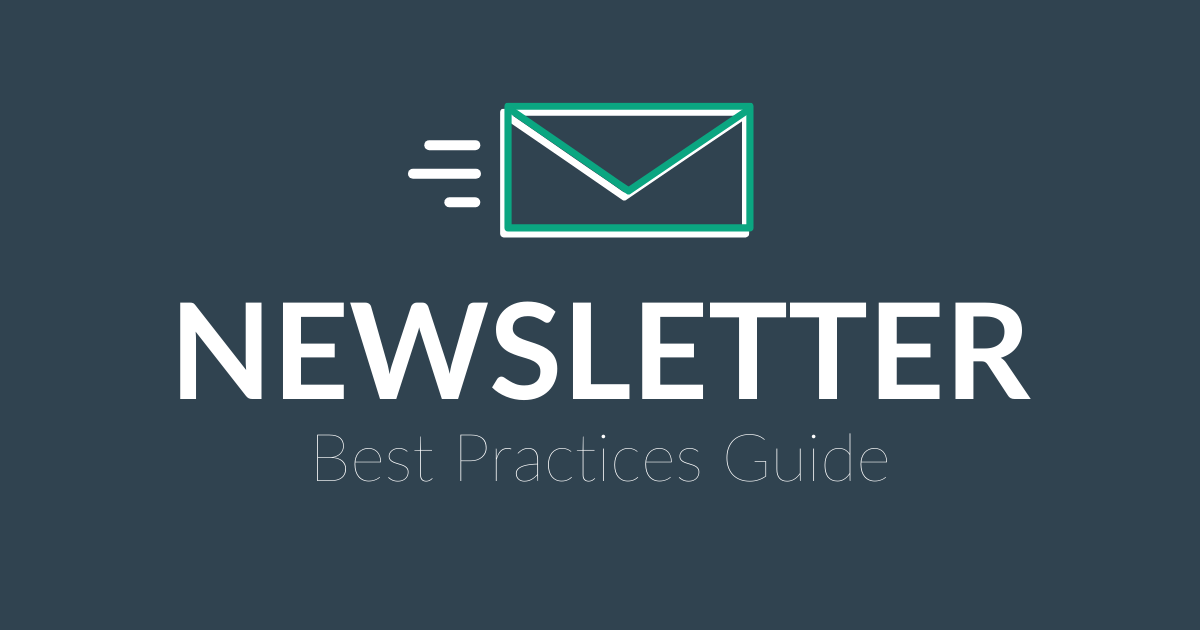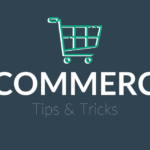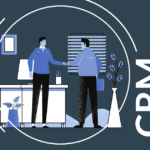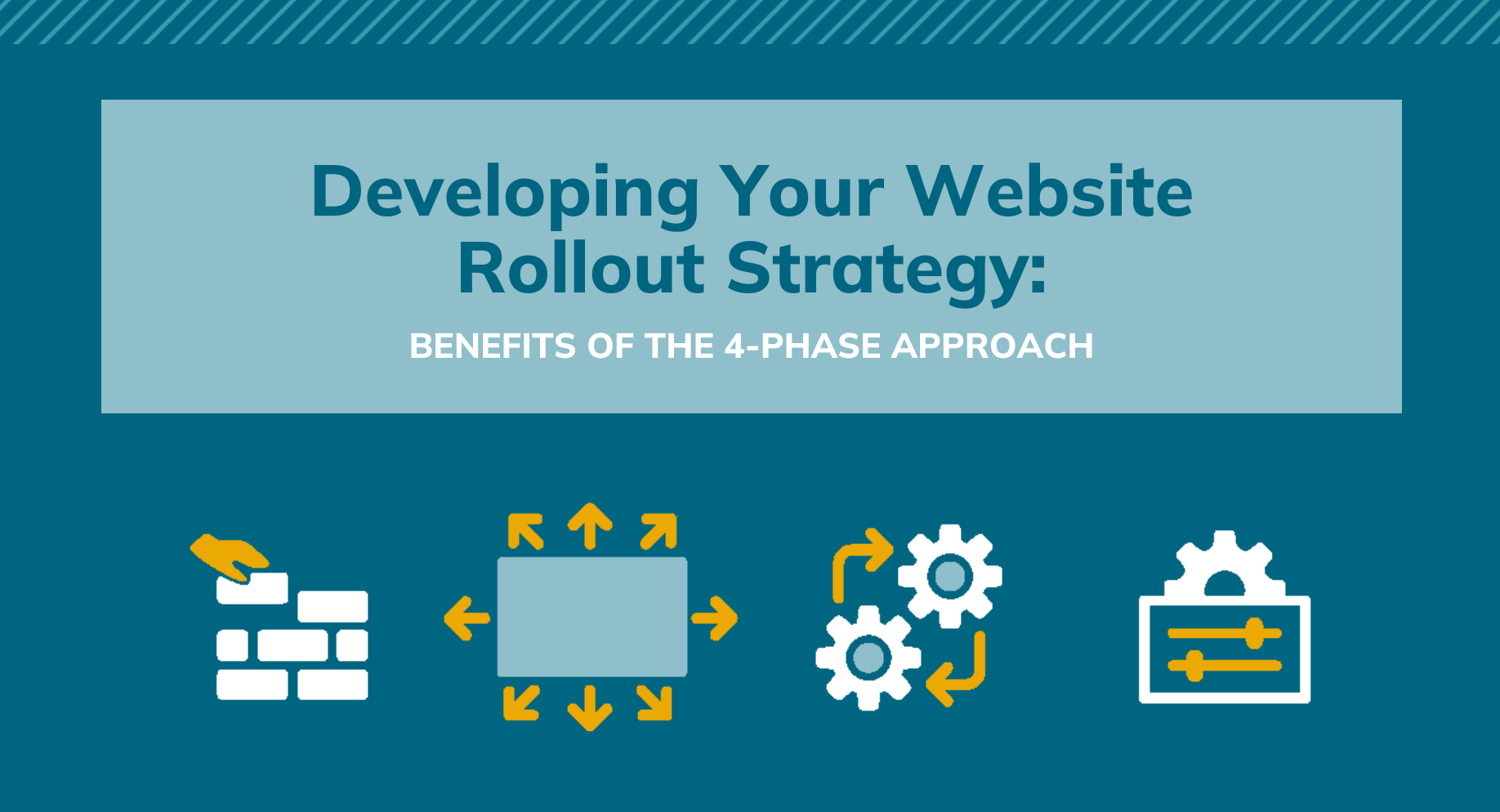While a newsletter presents a lot of opportunities for your business, the ultimate goal of your newsletter is to build and foster relationships. A newsletter is a low barrier and consistent form of communication to connect with your audience. By engaging with your audience, whether it be bi-weekly, monthly, or quarterly, it is another touchpoint the recipient has with your business. If the content is catered to the specific interests of your audience, then it provides value to their relationship with your brand.
“81% of B2B marketers say their most used form of content marketing is email newsletters” – HubSpot
The newsletter guide includes the following explanations:
- Recipient lists
- Subject line
- Email content
- Email call to actions (CTA)
- Measuring and improving
Newsletter Best Practices
1. Newsletter Recipient lists
When sending emails to a list of contacts, it is important to continuously refine and improve the list because you will receive a score from your email marketing software that represents your email sender reputation. If your score gets too low, your emails will not hit your recipient’s inboxes or you will be restricted from sending emails for a period of time. A low score can be a result of too many hard bounces or spam flags.
To avoid a poor email sender reputation, there are a few things you can do:
- Refine your recipient lists so they only include people who specifically signed up for your emails and newsletters
- Segment your subscriber lists into multiple lists based on how you want to target your audience so the recipients receive the most relevant information for them
- E.x. Course attendees list vs Event attendees lists
- Include an “Unsubscribe” option on all emails – this is required by law according to the CAN-SPAM Act
- Do not purchase lists because you cannot trust the quality of the list, such as the emails could be outdated accounts or unlawfully collected, and the recipients did not opt into your emails so you will appear as a spam account
2. Newsletter Subject line
“47% of email recipients will open your email based solely on the subject line” – OptinMoster
In order for your recipients to engage with your newsletter, they first need to open the email, that’s where the subject line comes in. The subject line is one of the most important parts of email marketing because it is the factor that can increase or decrease the number of emails opened. A strong subject line should entice your audience to open the email; it should make them want to view the email.
The optimal length of a subject line is 30 to 50 characters or 6-12 words
How to write strong subject lines:
- Include a sense of urgency
- Provide an offer
- Personalize it to the recipient
3. Newsletter Content
When creating your newsletter, it is important to provide information that your audience will be interested in. Once they open the email (because of your great subject line!), you want them to engage with the content by reading the text, looking at the visuals, scrolling to the bottom, and clicking on your CTAs. To do so, you want to include content that is specifically relevant to their interests and needs. To accomplish this you should write in your brand voice, make the content personal, and keep it concise.
Learn more about creating engaging newsletters and emails.
Ideas for content to include in the monthly newsletter:
- Personal notes (typically as an introduction)
- Information or insight only available in the newsletter
- Upcoming courses or events (include exclusive sign-up information)
- Educational videos, blogs, and articles (summary of content produced)
- News and announcements
4. Newsletter CTA
“For every $1 you spend on email marketing, you can expect an average return of $42” – Oberlo
Newsletters are a form of marketing, therefore each email should have a specific purpose. For example, if you want your newsletter to promote an upcoming course, then the content should revolve around why the recipient should be interested in the course followed by an actionable item, often a link to the course sign up page.
This button is your CTA, and it is the primary action you want your visitors to take and the purpose of your email. There are a few ways you can highlight your CTA to encourage more clicks:
- Make the CTA stand out
- For example, make the CTA a button and have the button be a bold color
- Place the CTA above the fold
- When you open an email on your desktop or via mobile, you will only see the top portion of your email or the space above the fold. The other content you need to scroll down to see is the content below the fold. Since your primary CTA is the action you want your readers to take, it should be positioned above the fold while all other secondary content can be placed below the fold.
5. Measuring and improving
One of the best parts of email marketing is the ability to analyze and measure performance. Email marketing provides insight into how your audience is responding to your emails therefore giving you the information to improve your emails.
To begin, we recommend focusing on the following 7 email key performance indicators (KPIs) when measuring your emails’ performance.
- Bounce rate
- How many emails are unsuccessfully delivered to the recipient’s inbox?
- Open rate
- How many emails were opened?
- Click through rate
- How many links your recipients clicked on in the email?
- Conversion rate
- Any action taken in response to the email, particularly forms or actions completed from the initial click
- List growth rate
- The amount your contact list has grown
- Unsubscribe and spam rates
- The number of people who unsubscribe or mark your email as spam
- The overall return on investment (ROI)
- The value of the email marketing strategies to generate leads or increase sales
Learn more about measuring email KPIs.
When you spend time and resources in creating your newsletter it can provide significant ROI, this guide is the starting point of reaching your goals! And newsletters are just a single component of the overall strategy of email marketing. Emails continue to be an opportune way to communicate with your audience on a consistent and engaging basis leading to measurable results. We’re here to help, contact us for a plan on how to start your email marketing strategy and apply these newsletter best practices.







